Parking in San Miguel de Allende is a nightmare, even when there isn’t a festival going on, so we left the Jeep at the San Ramon, and took a bus into town. So easy!
The bus stopped in a neighborhood near the center of town. There was a street fair happening, with a guitar player and fresh food being served. The people, all local folk, were welcoming, and a carnival-like atmosphere was already building.
Walking toward the Jardin, San Miguel de Allende’s main plaza, we passed through a barrio called the Colonia Guadalupe, famous for colorful murals:
The murals are an evolving art form, and the artists have a tendency to upgrade their work, adding to, or simply painting over their original designs. What we saw on our stroll through the Colonia in 2015–the designs pictured here–have mostly been replaced (some more than once) during the ten years that have passed since then. San Miguel de Allende is justifiably proud of their vibrant art scene, and the murals are a wonderful example. This part of our walk set the tone for us. We hadn’t even reached the Plaza, and we were already feeling celebratory!
It’s fairly easy to get your bearings in San Miguel de Allende. The gothic tower of the church rises above the Jardin, the Plaza de Allende. It’s visible from practically everywhere, so all you have to do is walk toward it, and you’ll end up right where you need to be. From what we were told at our hotel, there wasn’t likely to be a lot going on just yet. The main celebration was scheduled for Saturday night, November 1st. Today, Friday, there would be a fiesta for families, with everyone in costume, but that wouldn’t start until sundown.
By the time we reached the Jardin, we discovered that there was plenty going on! Everything, in every direction, was Puro Mexico, sights you’d not see anywhere else!
They’re everywhere!
Mike Fritz and friend (La Catarina!)
The folks at the San Ramon weren’t entirely wrong. There was nothing organized happening at the Jardin, but there were plenty of locals in costume, and the painted faces were pretty much everywhere. “Artists” were set up on every street corner, ready to accommodate all requests. Mike and I didn’t go for it; we didn’t want paint in our beards. In hindsight, we probably should have done it anyway, become participants, rather than just observers!
The Day of the Dead is about much more than costumes and face paint. The actual national holiday, on November 2nd each year, is a day for honoring the memory of loved ones. It’s not a somber event, or a time for grieving. Rather, it’s a day when the living pray for the souls of departed family and friends, and honor and celebrate their memories. Mexico is primarily a Catholic country, and the Day of the Dead is directly tied to the Catholic celebration of All Soul’s Day. As practiced in Mexico, this is a day when families gather at the cemetery, bringing flowers, offerings of food and drink, and personal items that were favored by the deceased. Stories are told, memories are shared, there’s laughter, as well as a few tears. All in all, it’s a relatively healthy way of dealing with the loss of loved ones, and of keeping their memory alive.
Throughout the three days of the Festival, hand-built altars known as “ofrendas” pop up in the Plaza, on street corners, in courtyards, anywhere there’s space. Families decorate the altars with photographs, objects, and artwork that would have been meaningful to the relative being honored. Ofrendas are always decked out with flowers, primarily marigolds, as the bright color and strong scent is said to be “strongly” attractive to spirits. Skeletons predominate!
The remarkable celebration that this holiday has become began centuries ago, as a tradition in central and southern Mexico. Originally, it was a springtime festival dedicated to an Aztec goddess. That native festival was subverted by the church–a fairly common practice–and the timing of the celebration was moved to the fall of the year, to coincide with an appropriate date on the Catholic calendar. The original Aztec traditions never held sway in northern Mexico, so in that region, the Catholic observance was never more than just that, a call to prayer that was private, and subdued, not at all a public spectacle.
All of that changed after the Mexican government created the national holiday. Today, the Dia de los Muertos has been declared to be an Intangible World Heritage by the United Nations, and it’s celebrated throughout Mexico, as well as in many other parts of the world–anywhere that is home to any significant number of Mexican immigrants. But there are a few spots that are justifiably famous for having the best, the gaudiest, and the most enthusiastic celebrations of all. Opinions vary, but everyone’s list includes the city of Oaxaca, in the state of Oaxaca. The town of Patzcuaro, in Michoacan, as well as Mérida, in the Yucatan. And then there’s this place: San Miguel de Allende. We chose it, from among all the other possibilities, and, so far, at least, it was looking like we chose well!
After wandering the Plaza for a bit, we caught the bus back to our hotel, where we grabbed a bite to eat and changed clothes. Then we caught the bus back to town, just in time for the sunset, and the start of the festival!
I’m not sure why this dog was in this tree, but he seemed at home!
Sun going down over Starbucks in San Miguel de Allende!
Next up: Mexican Halloween: A night for the children



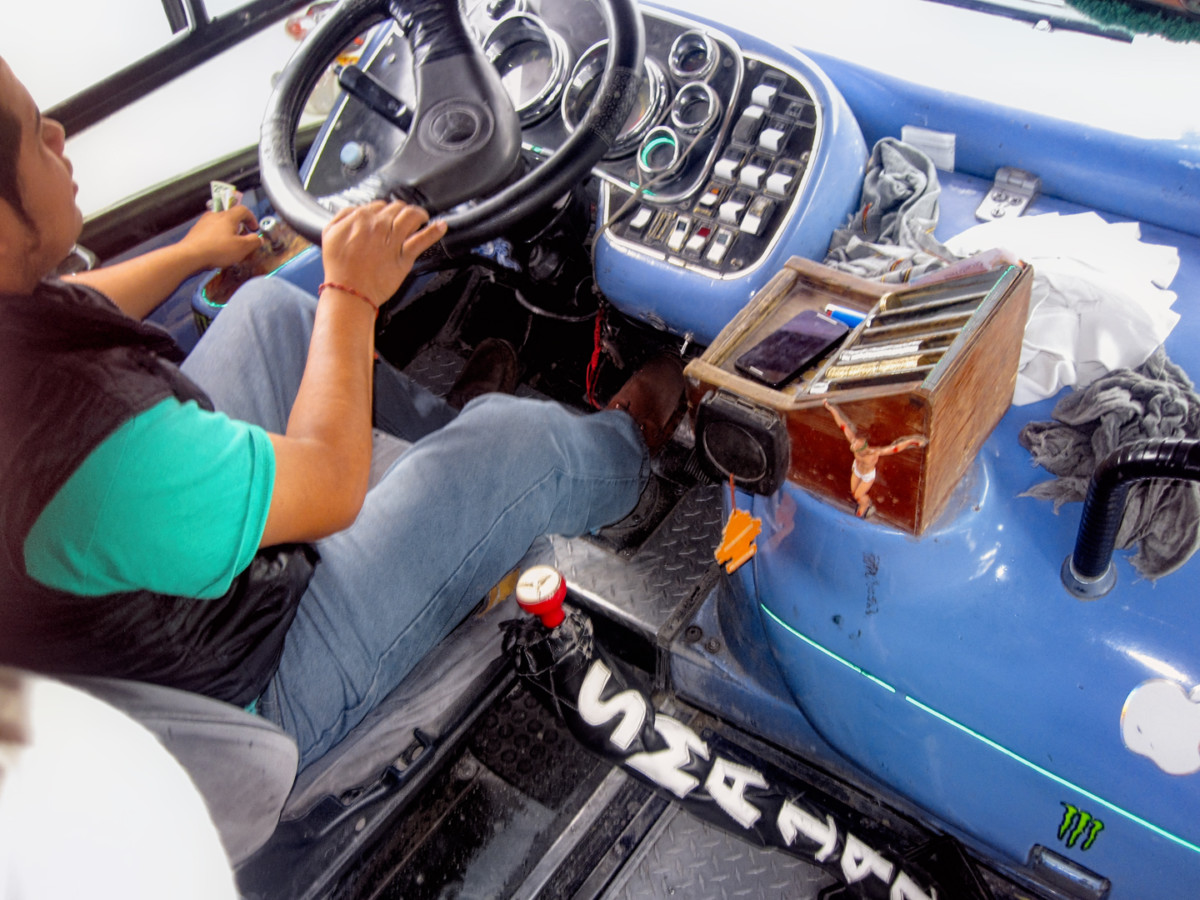
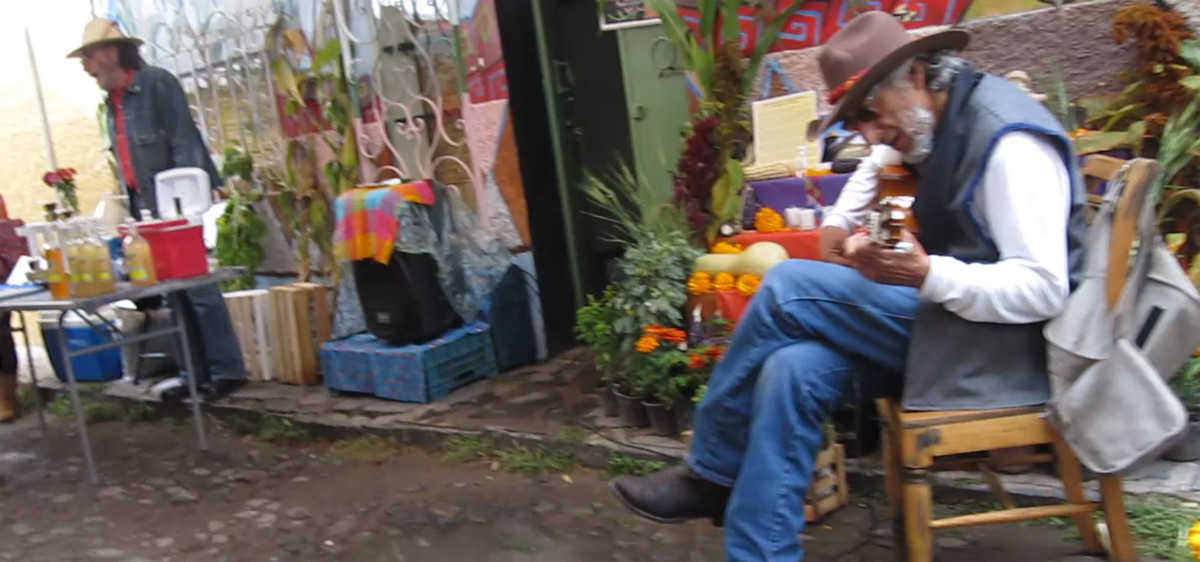
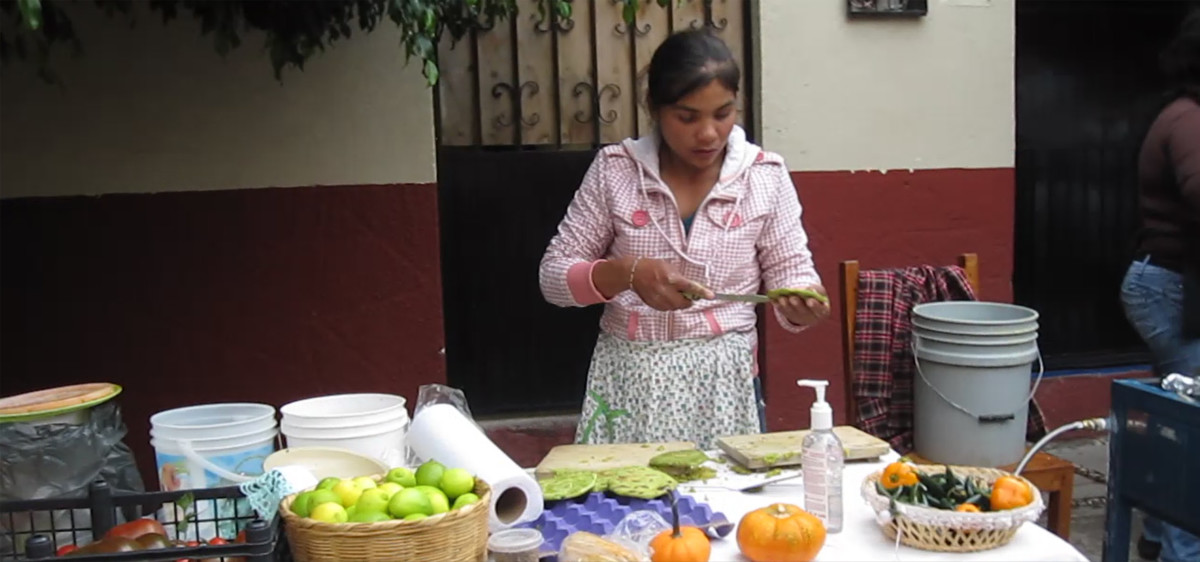
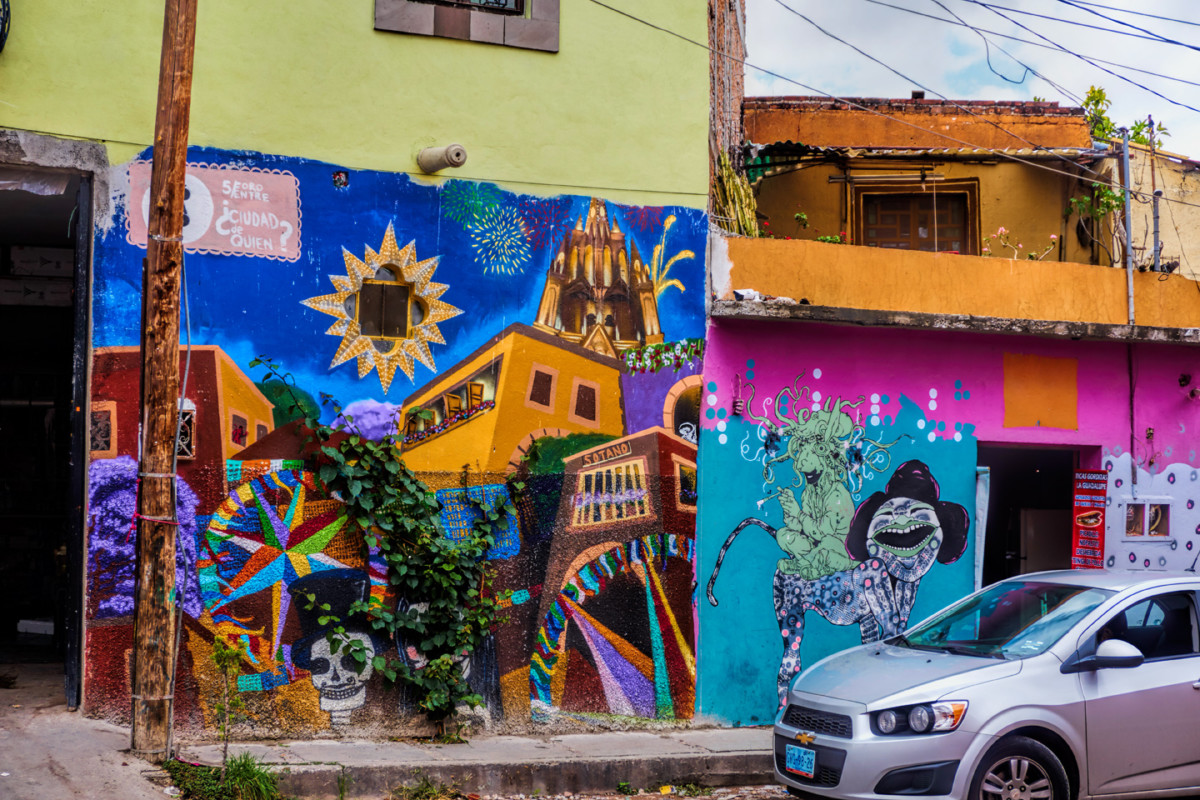
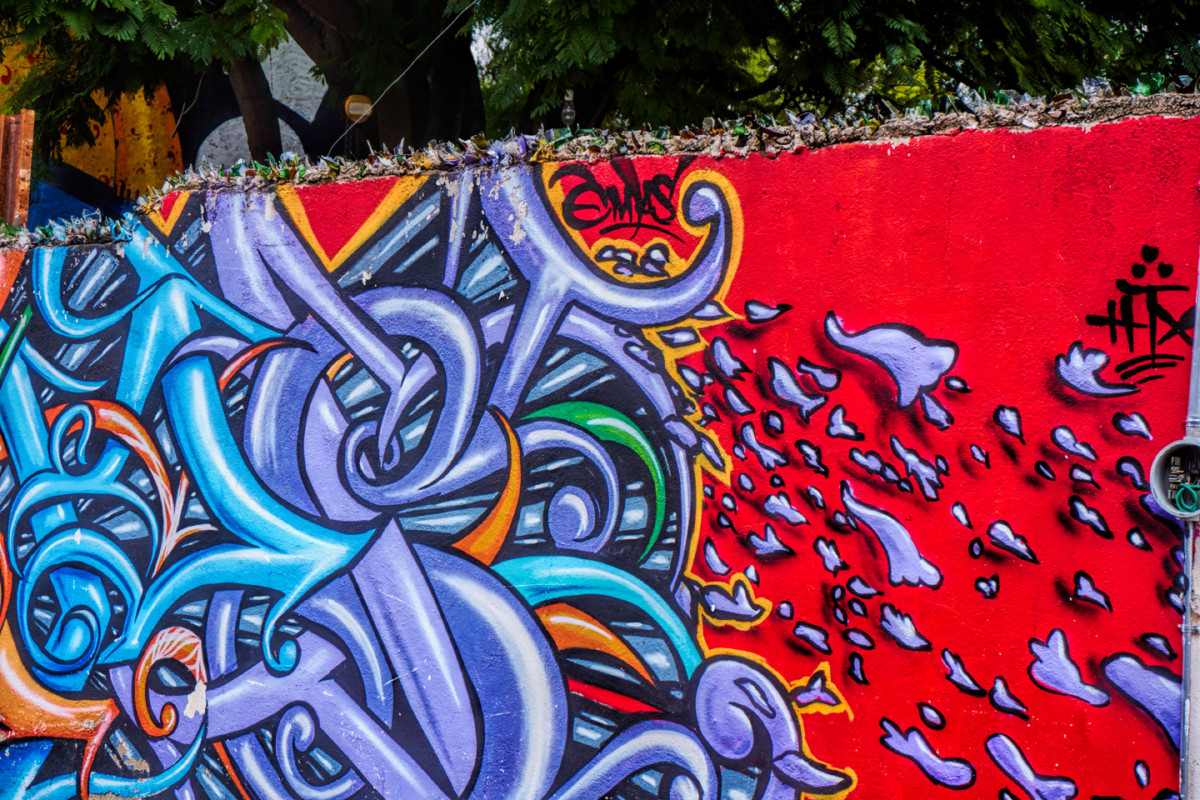
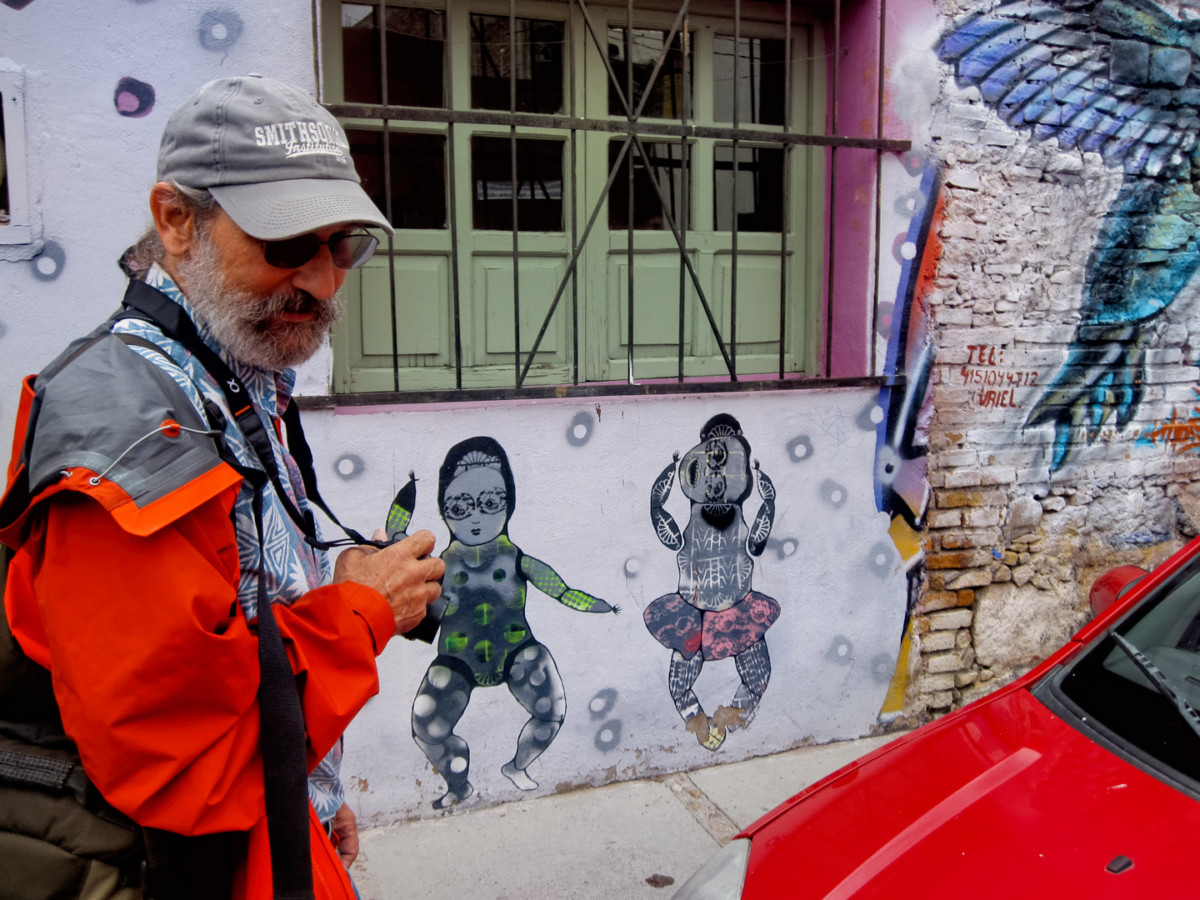
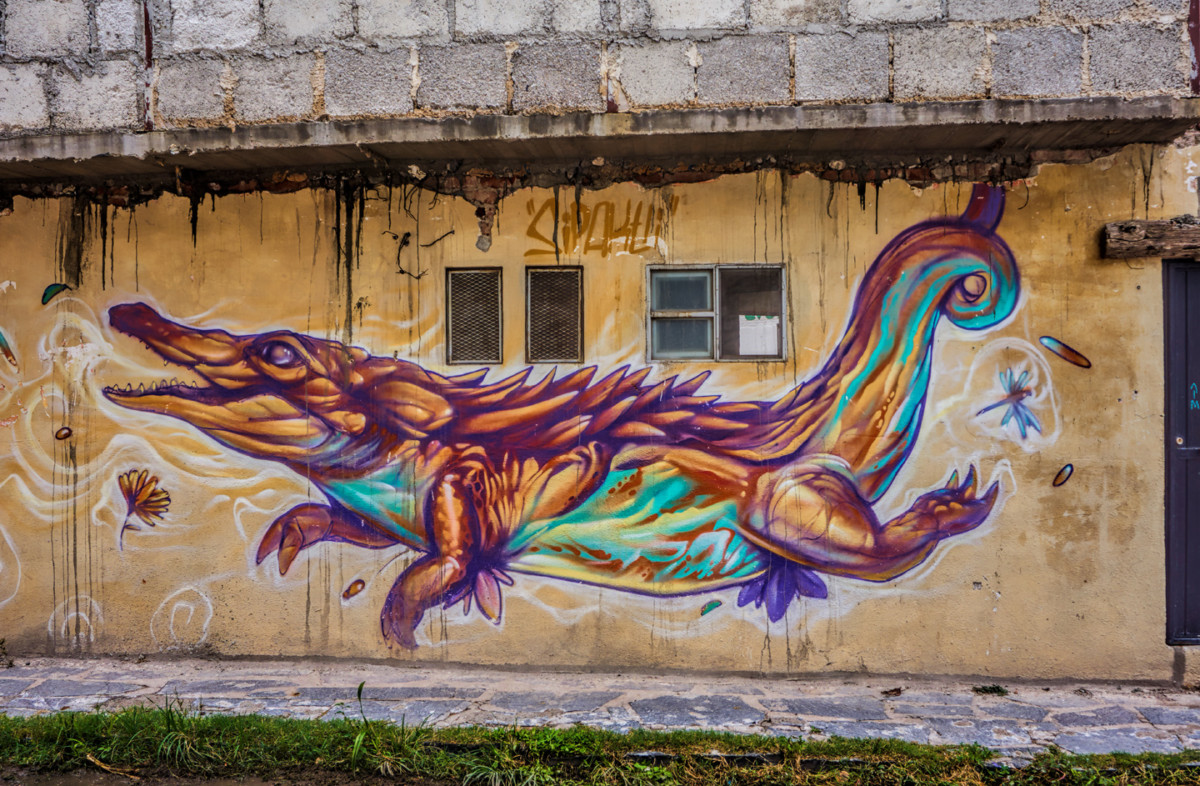
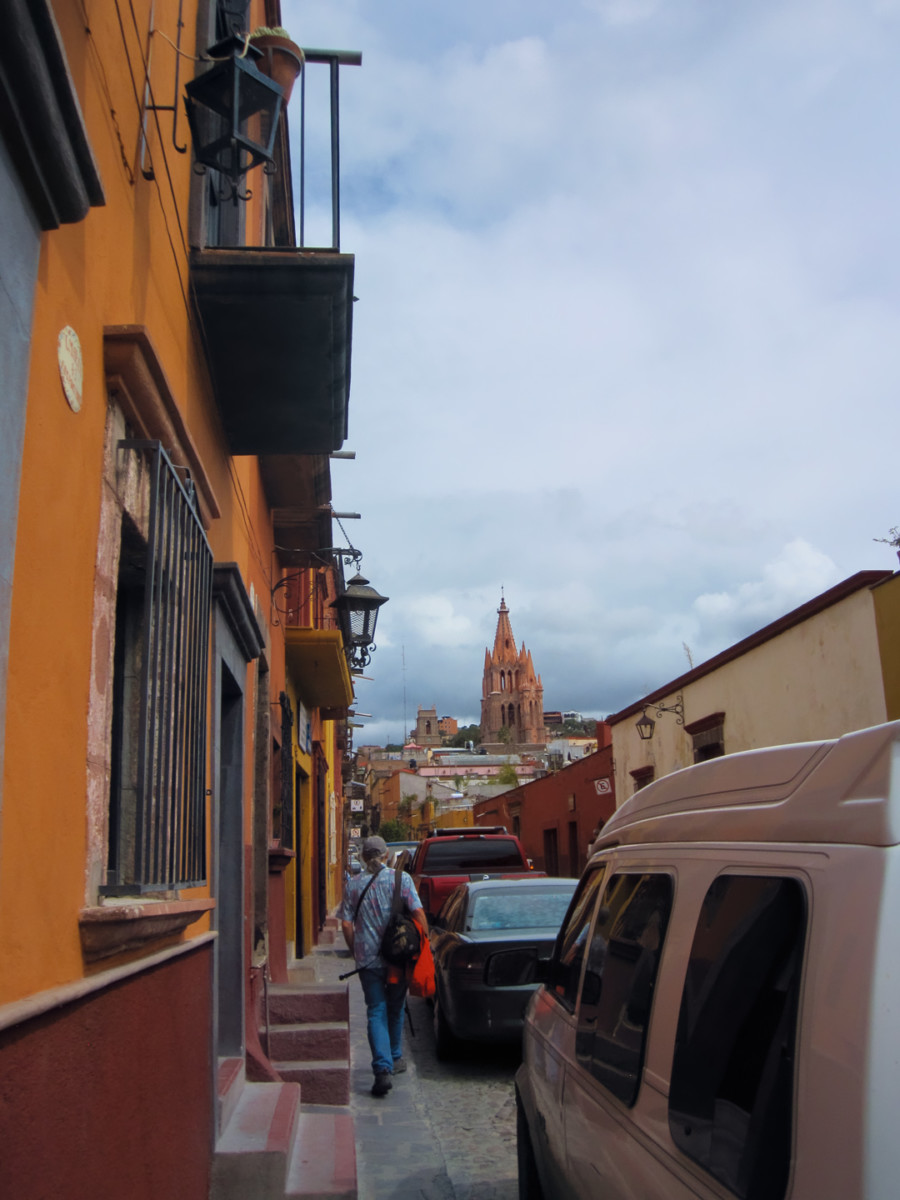
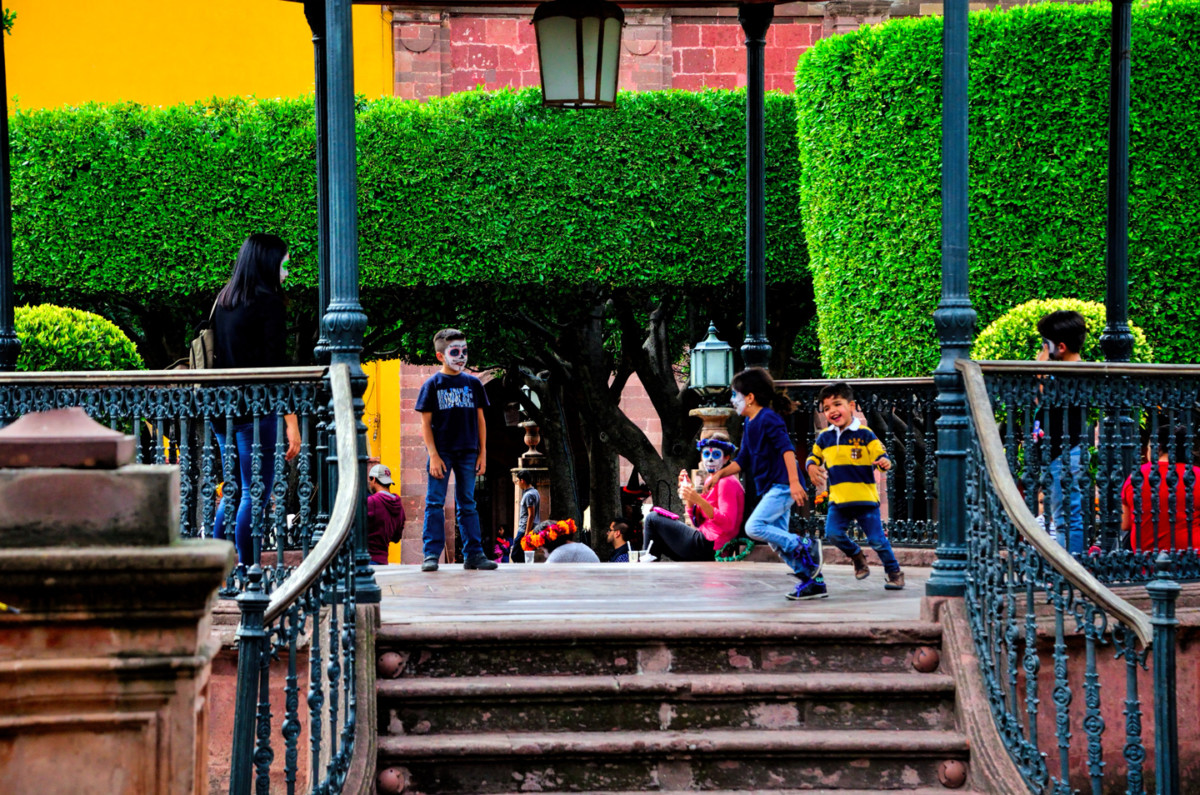
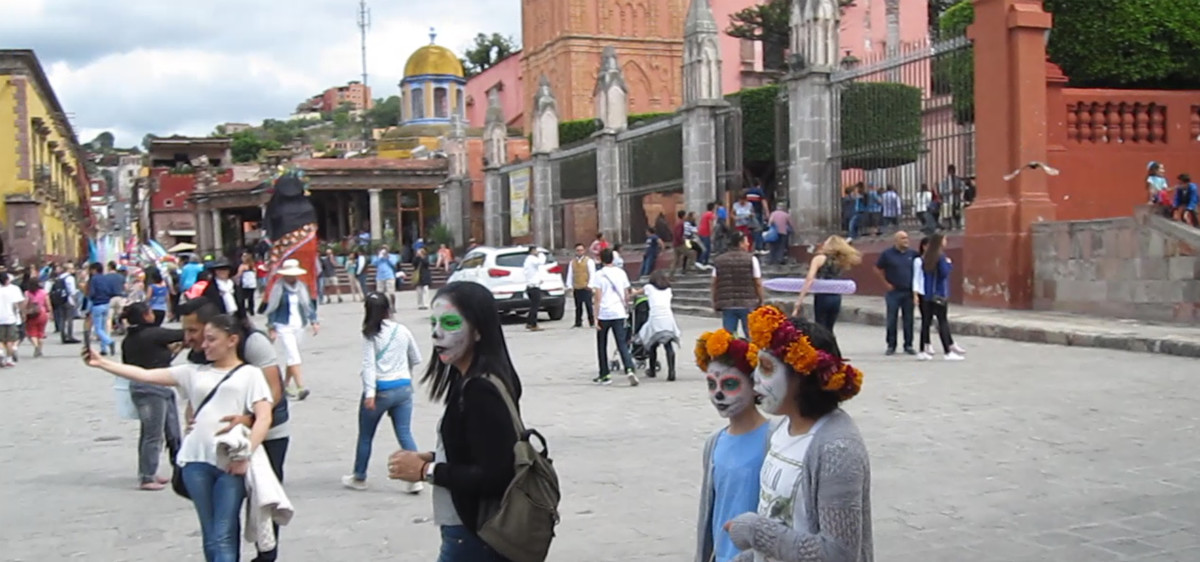
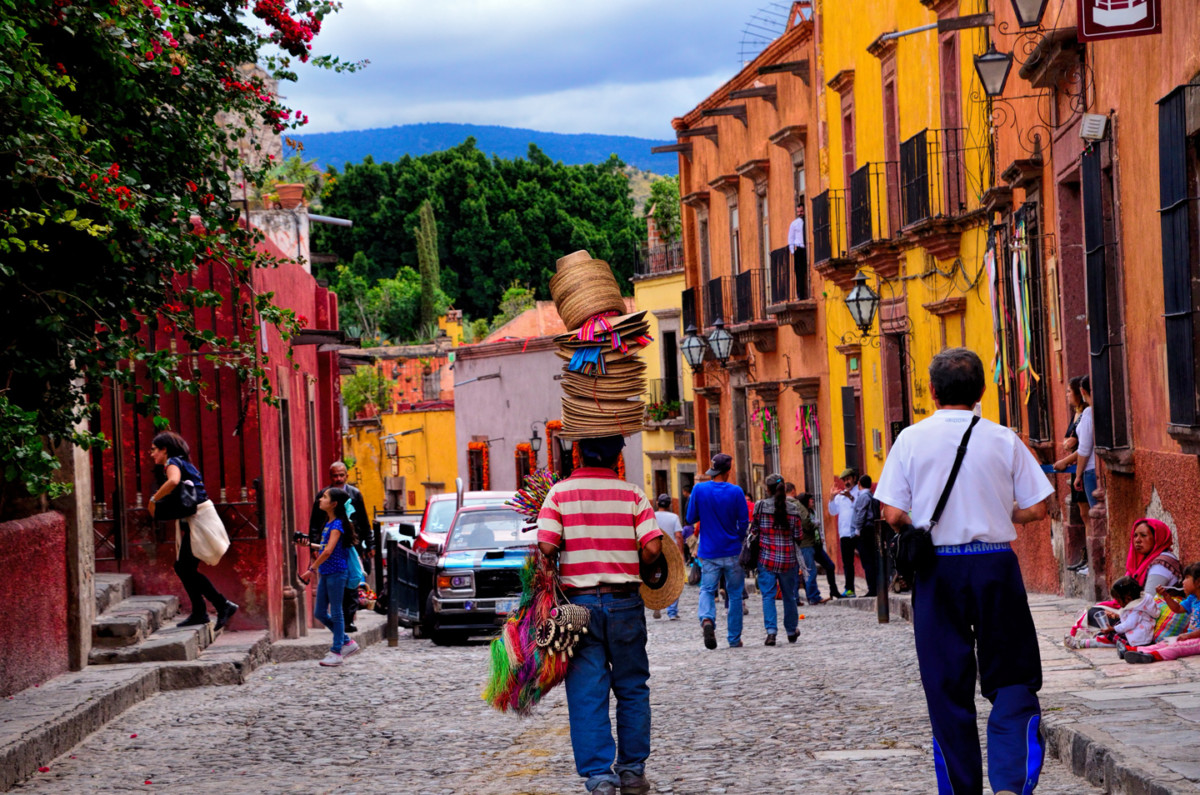
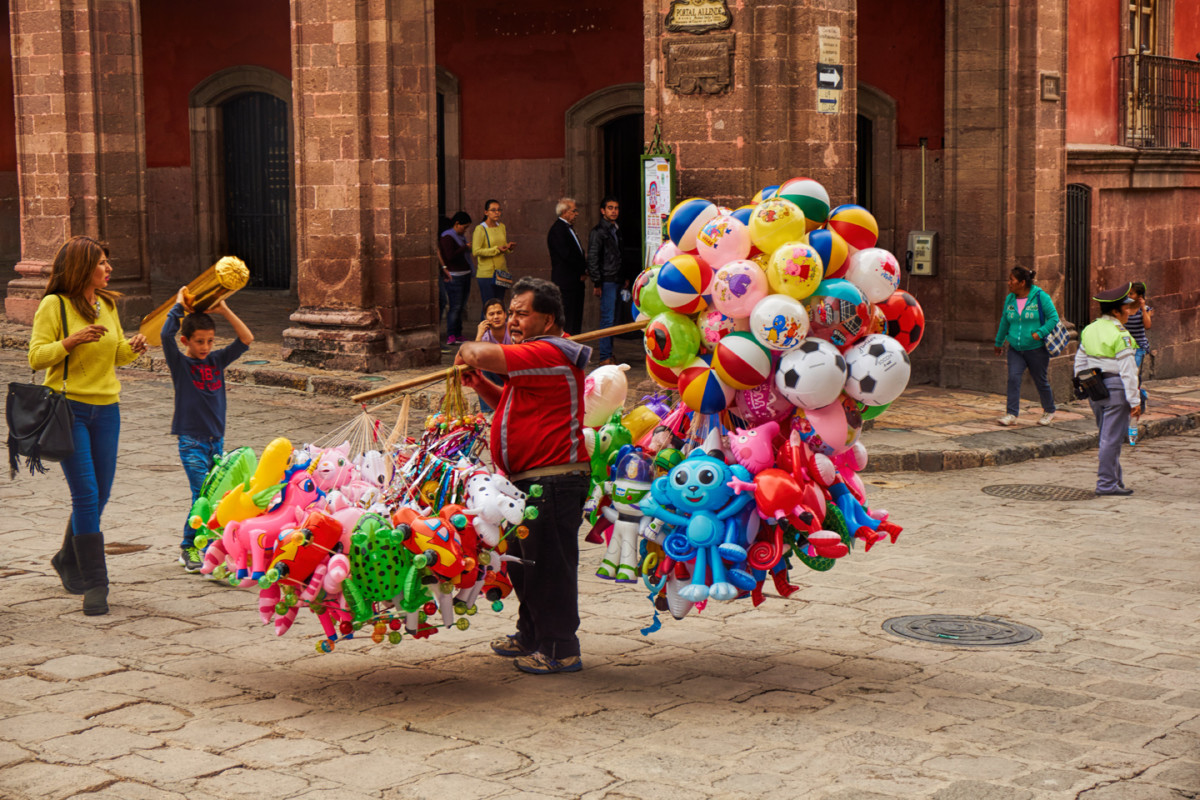
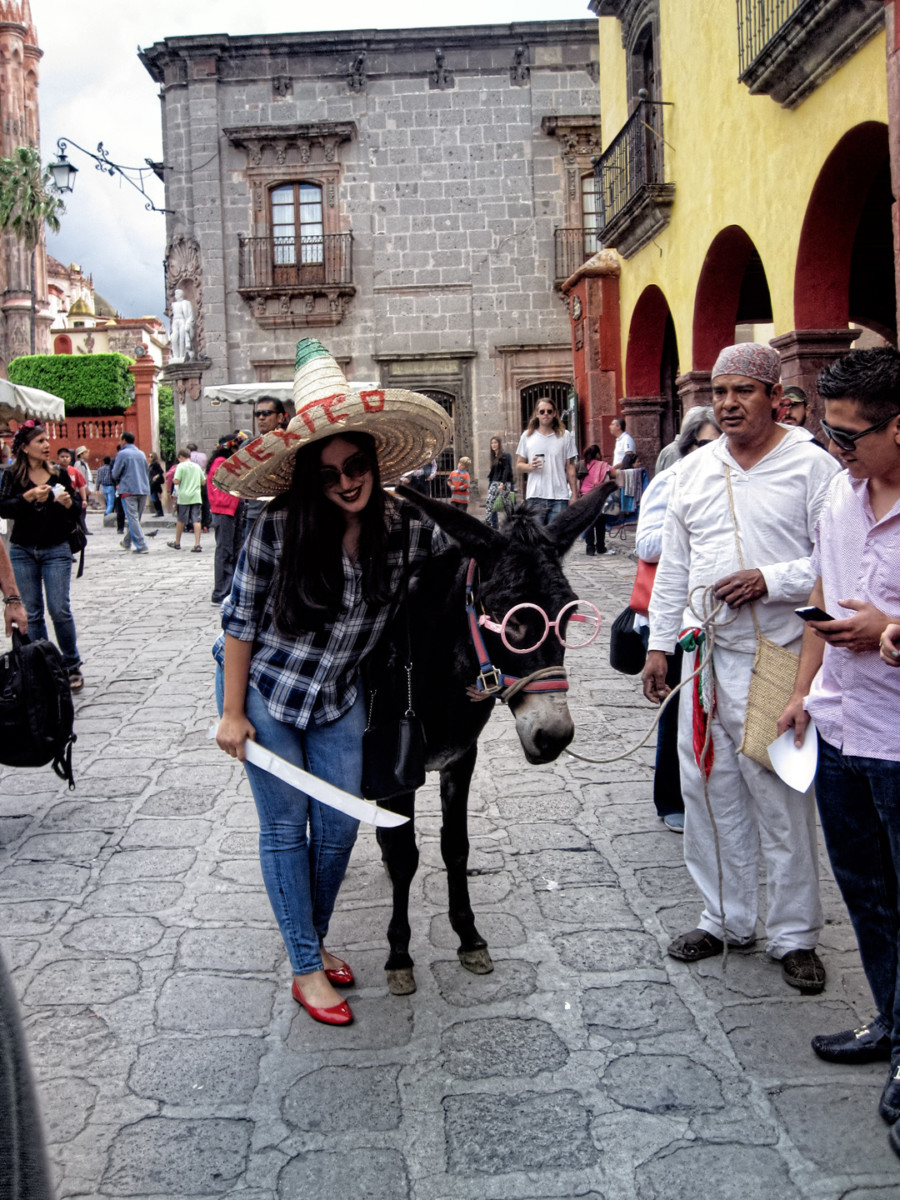
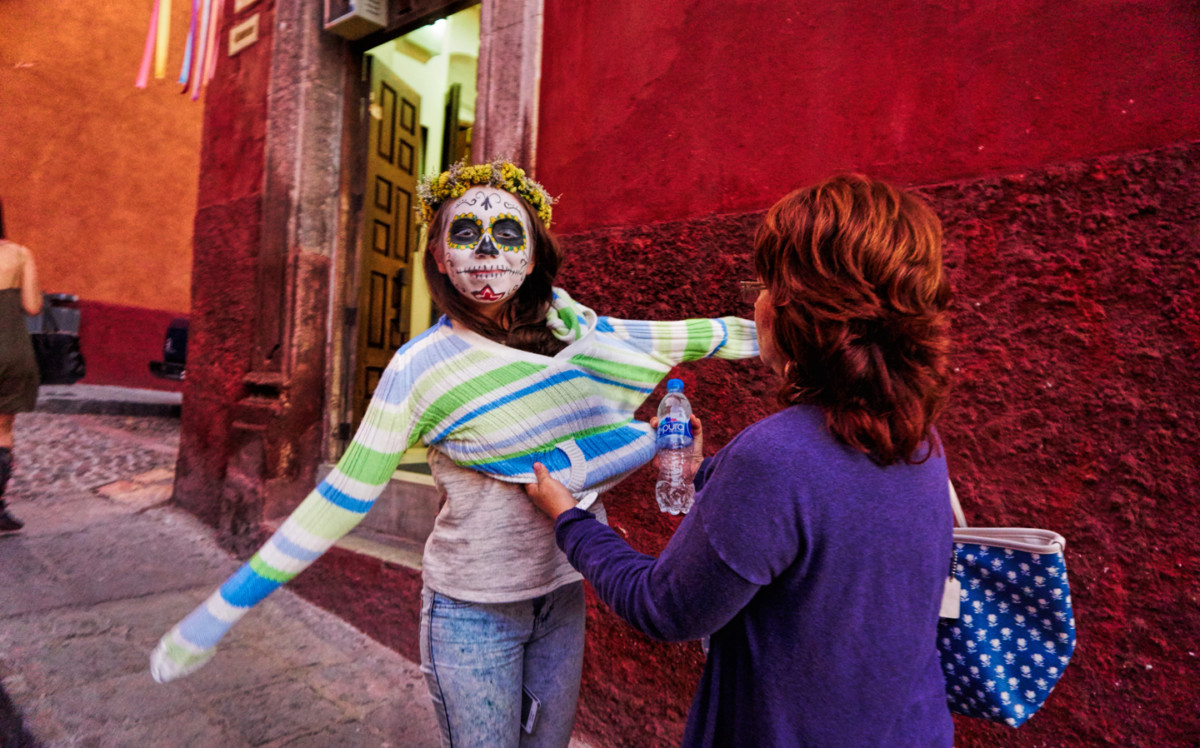
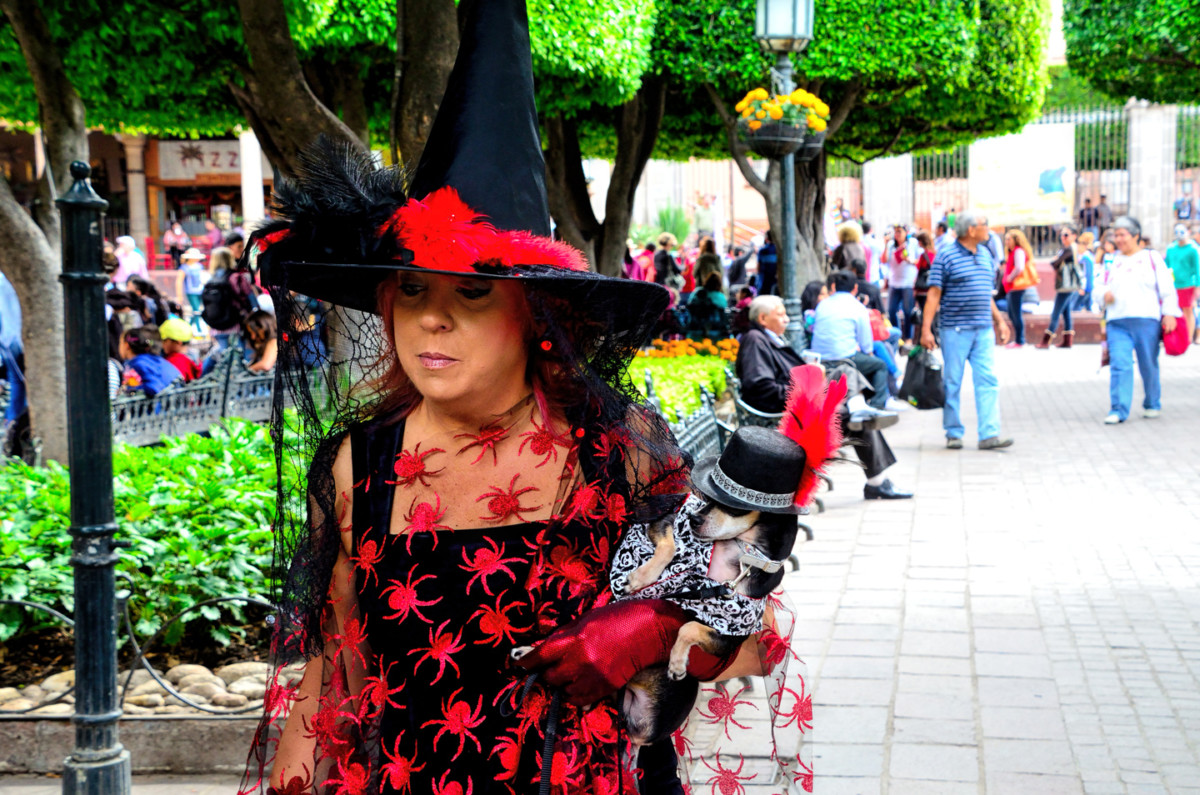
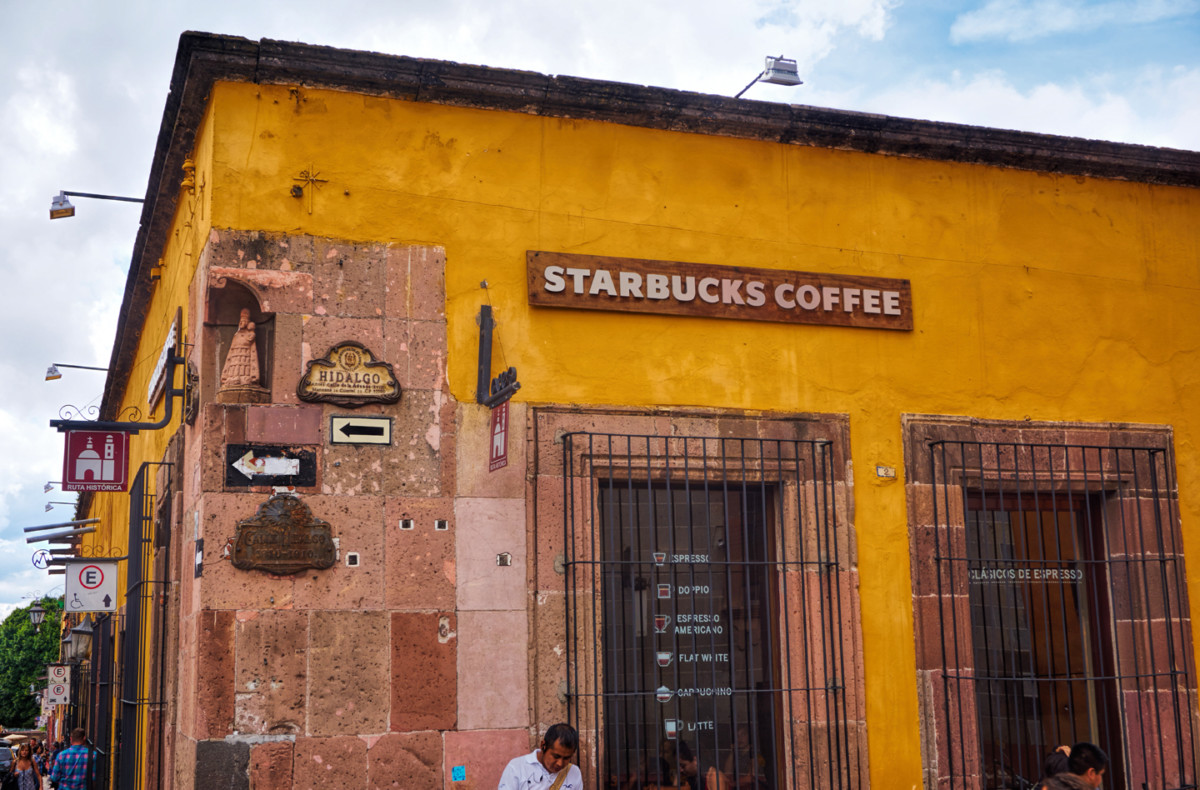
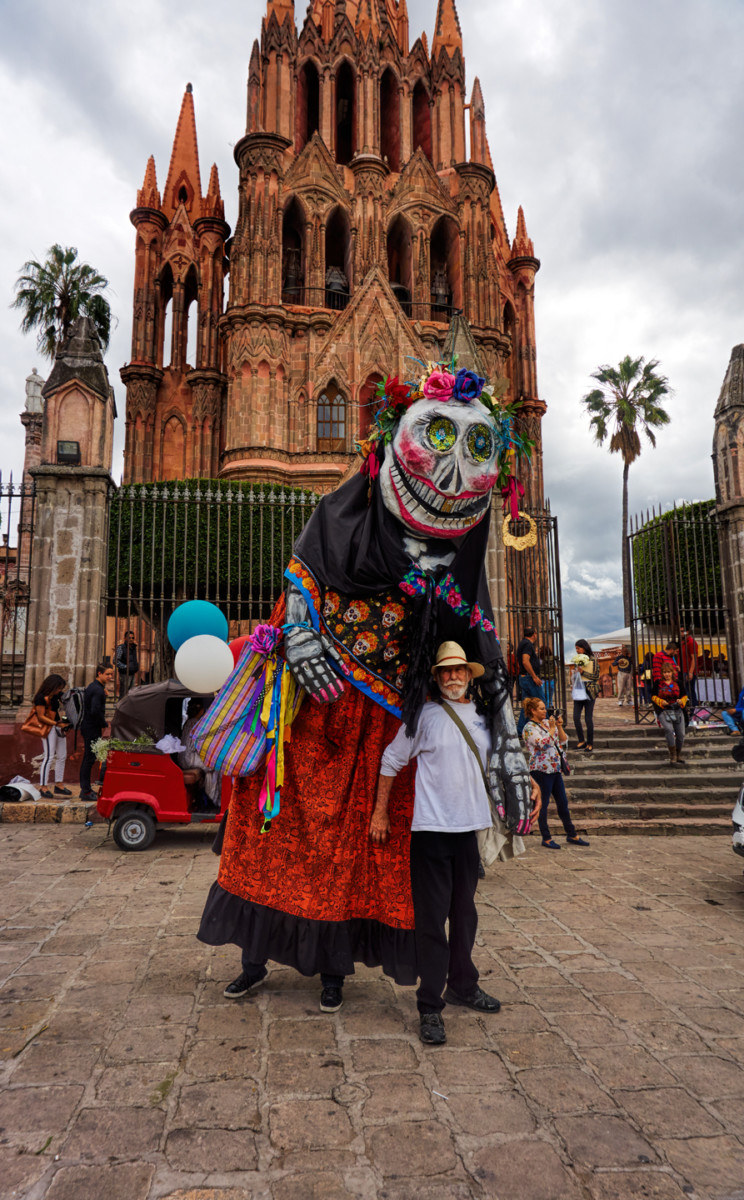
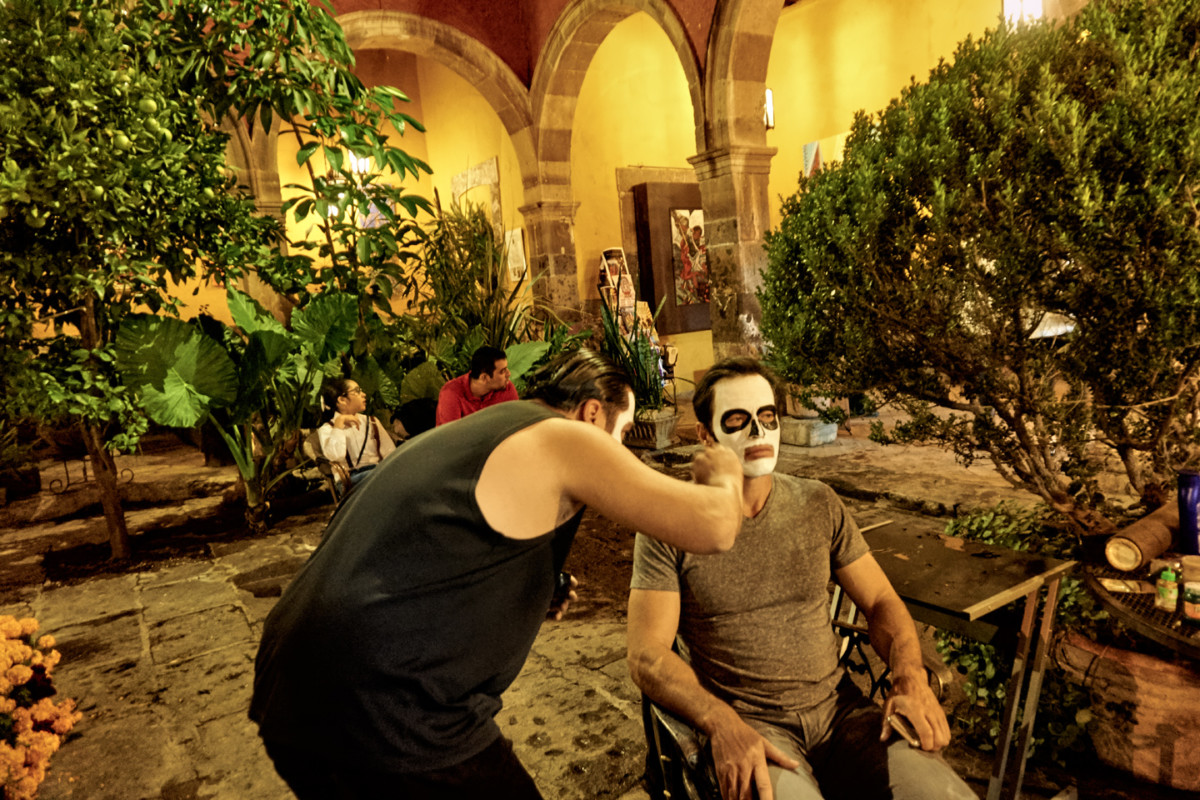
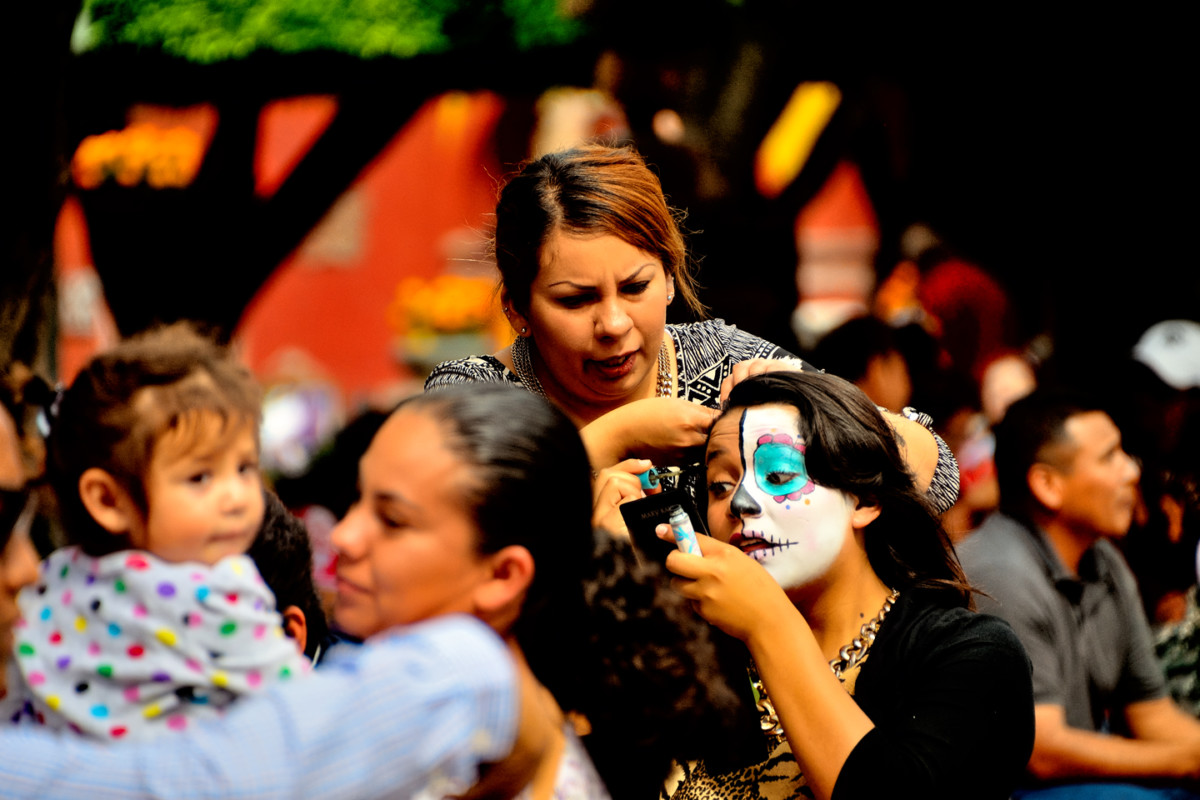
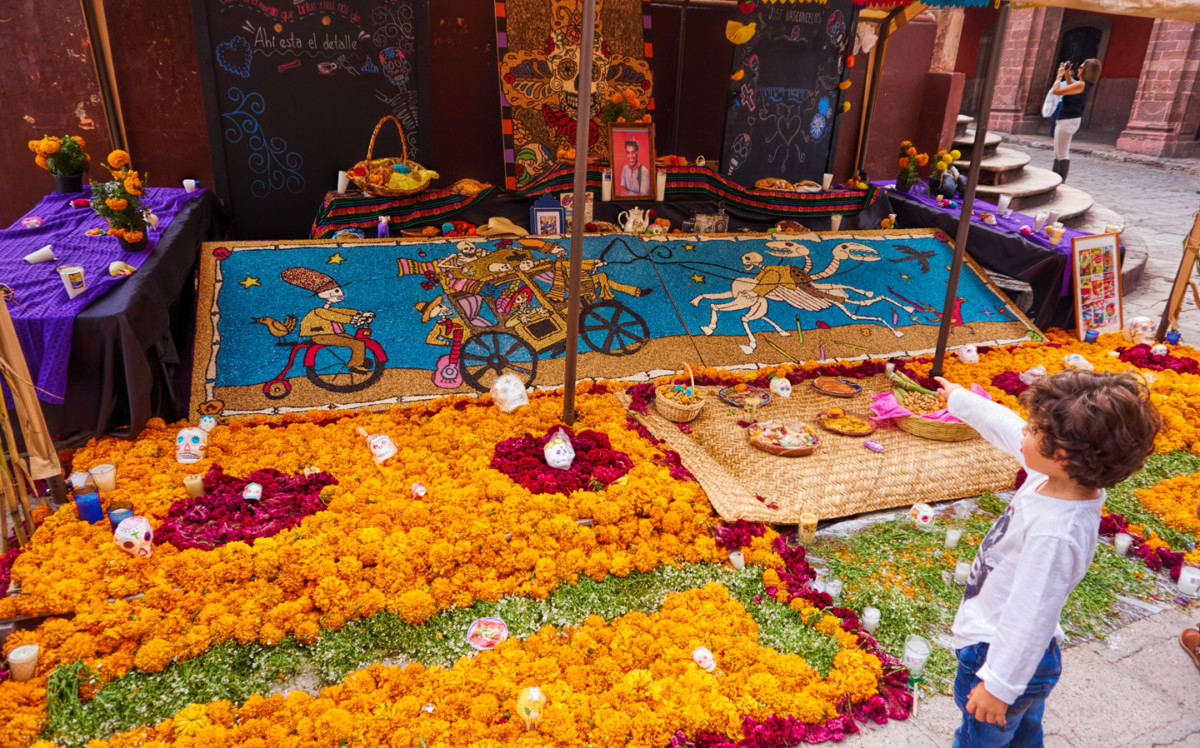
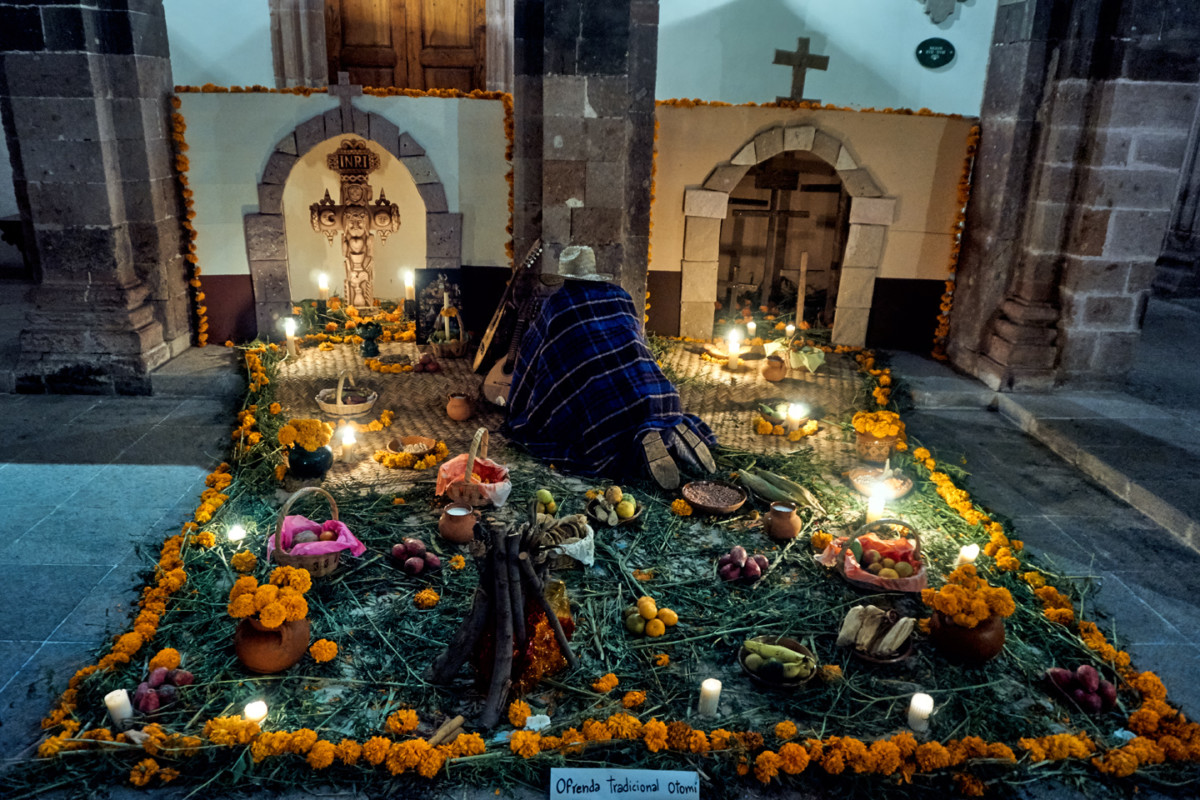
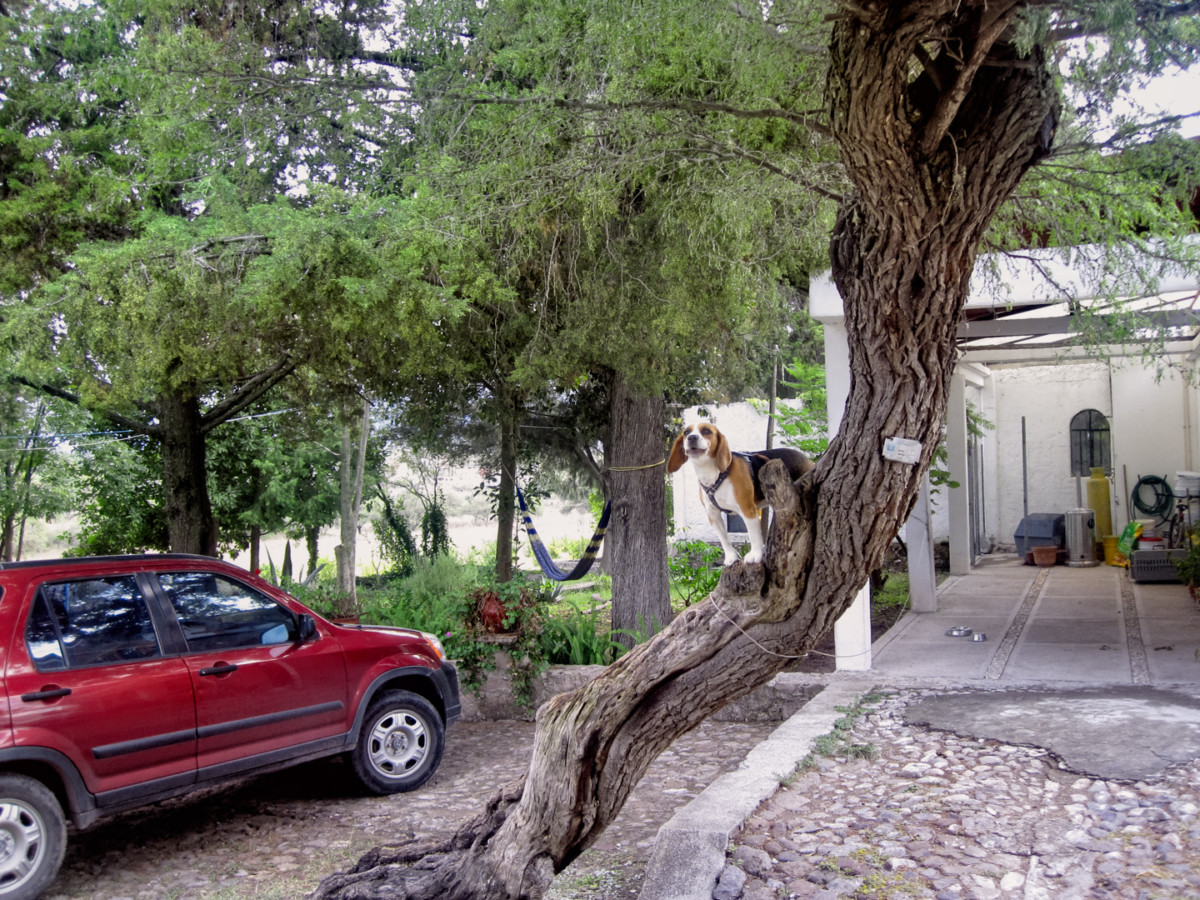
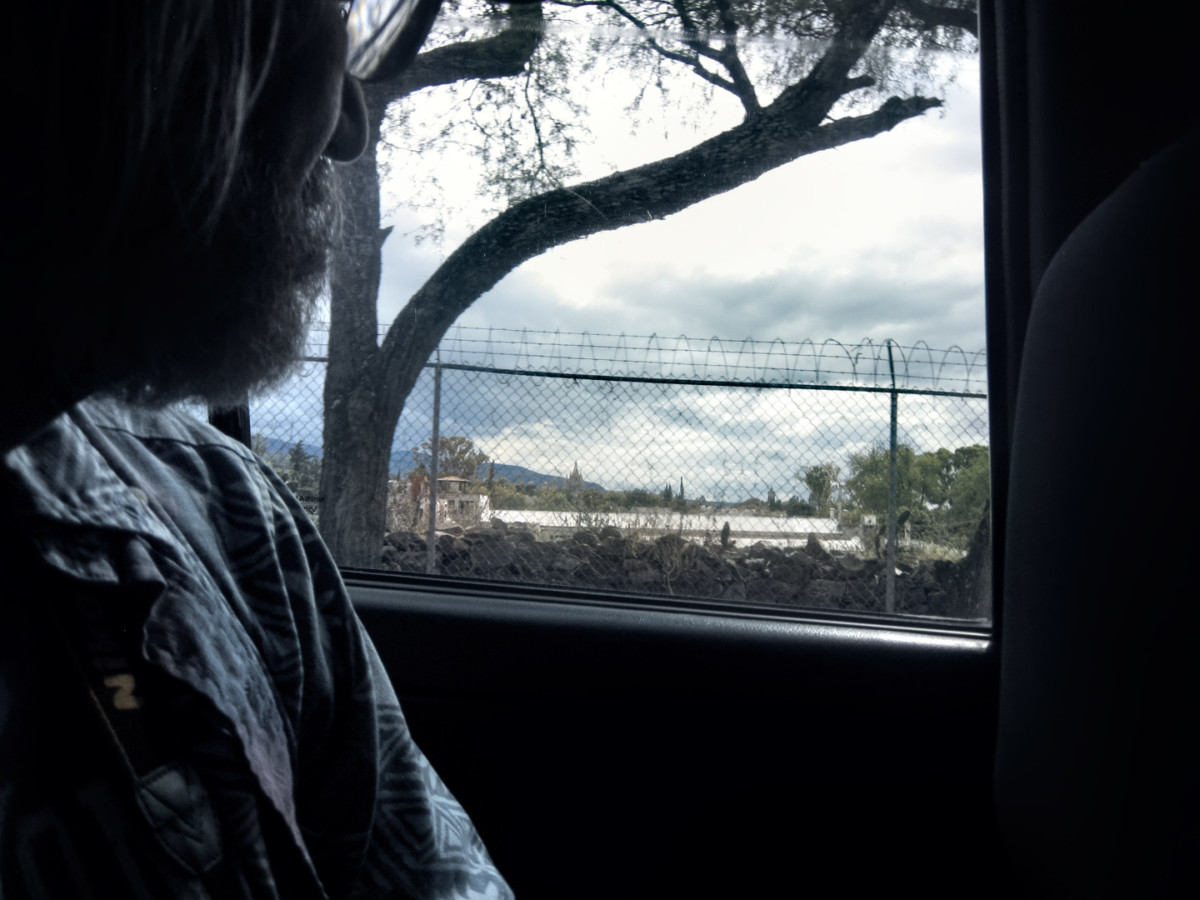
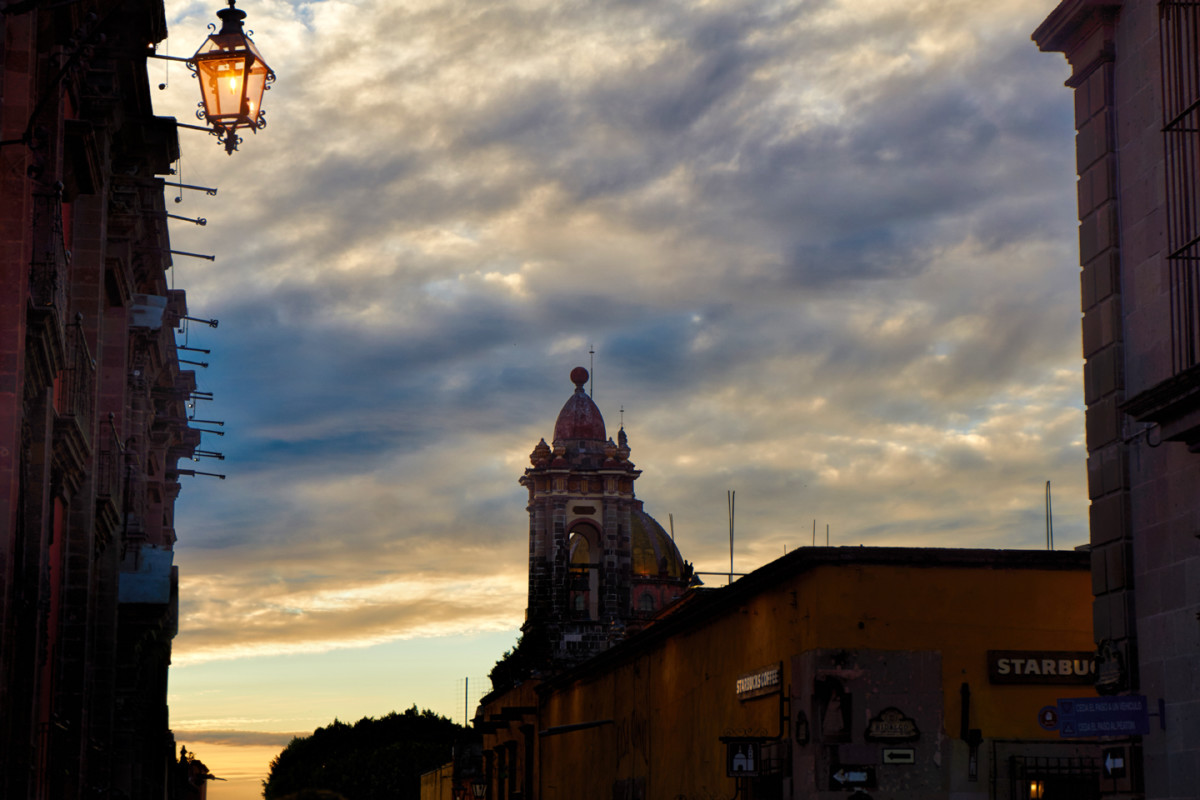

 Reply With Quote
Reply With Quote

